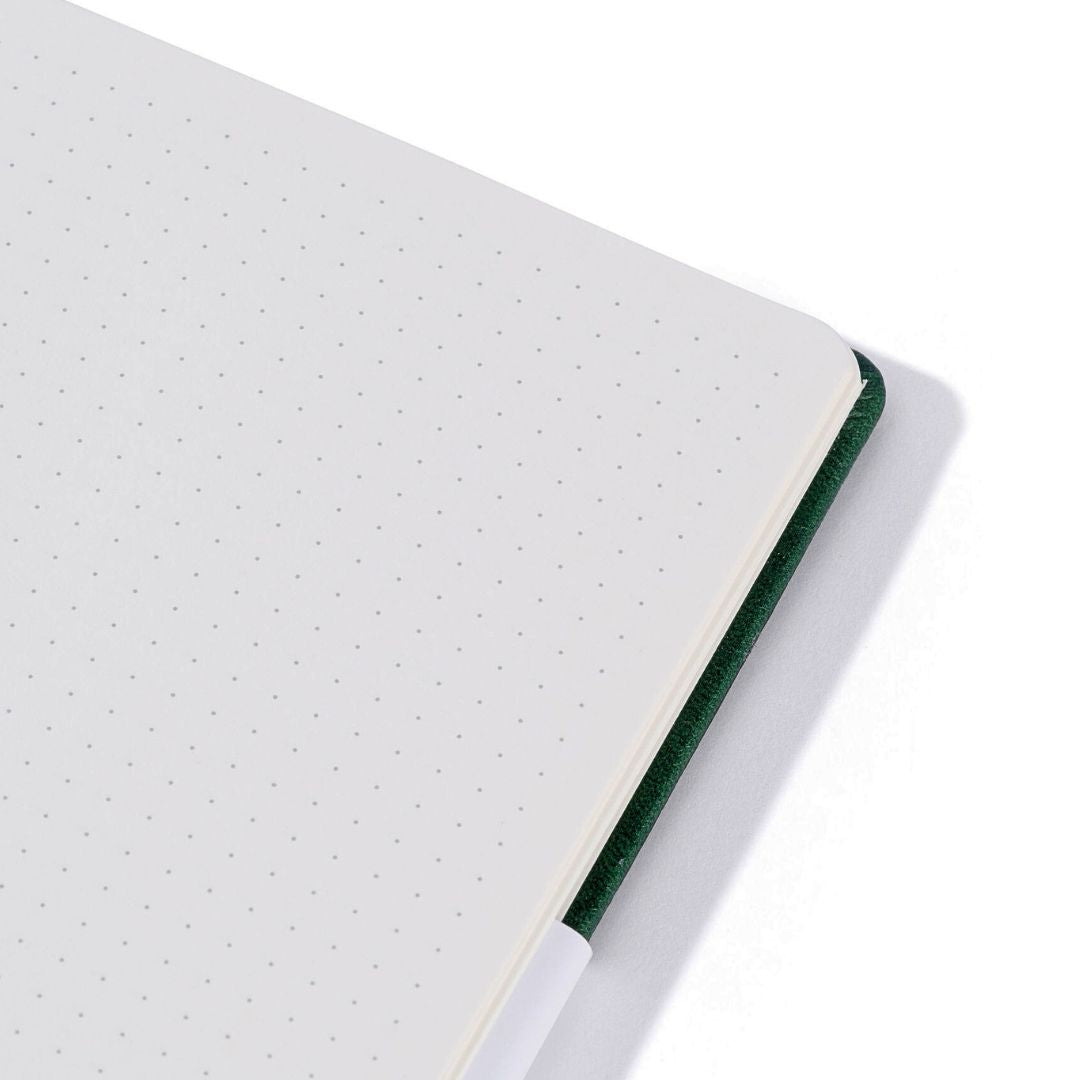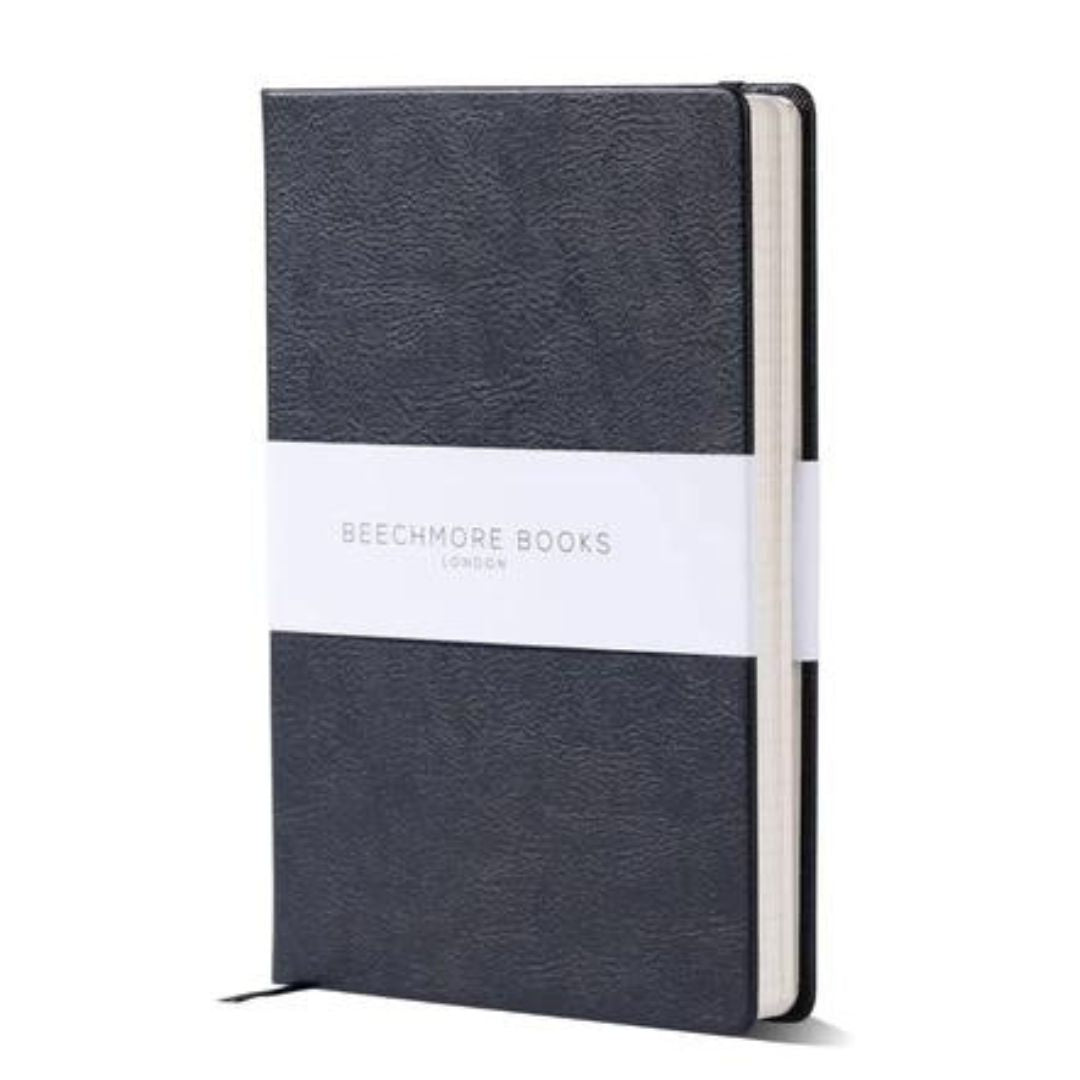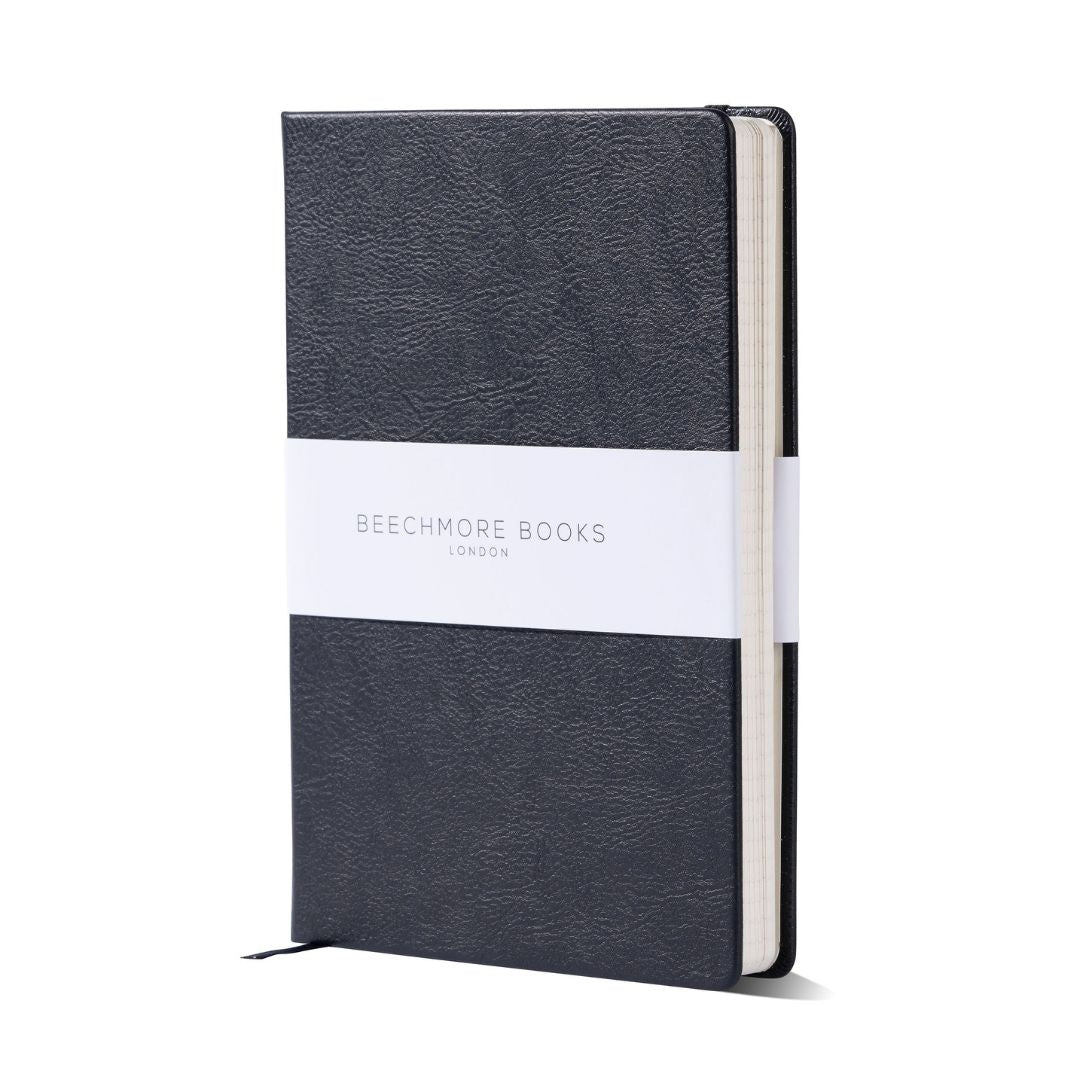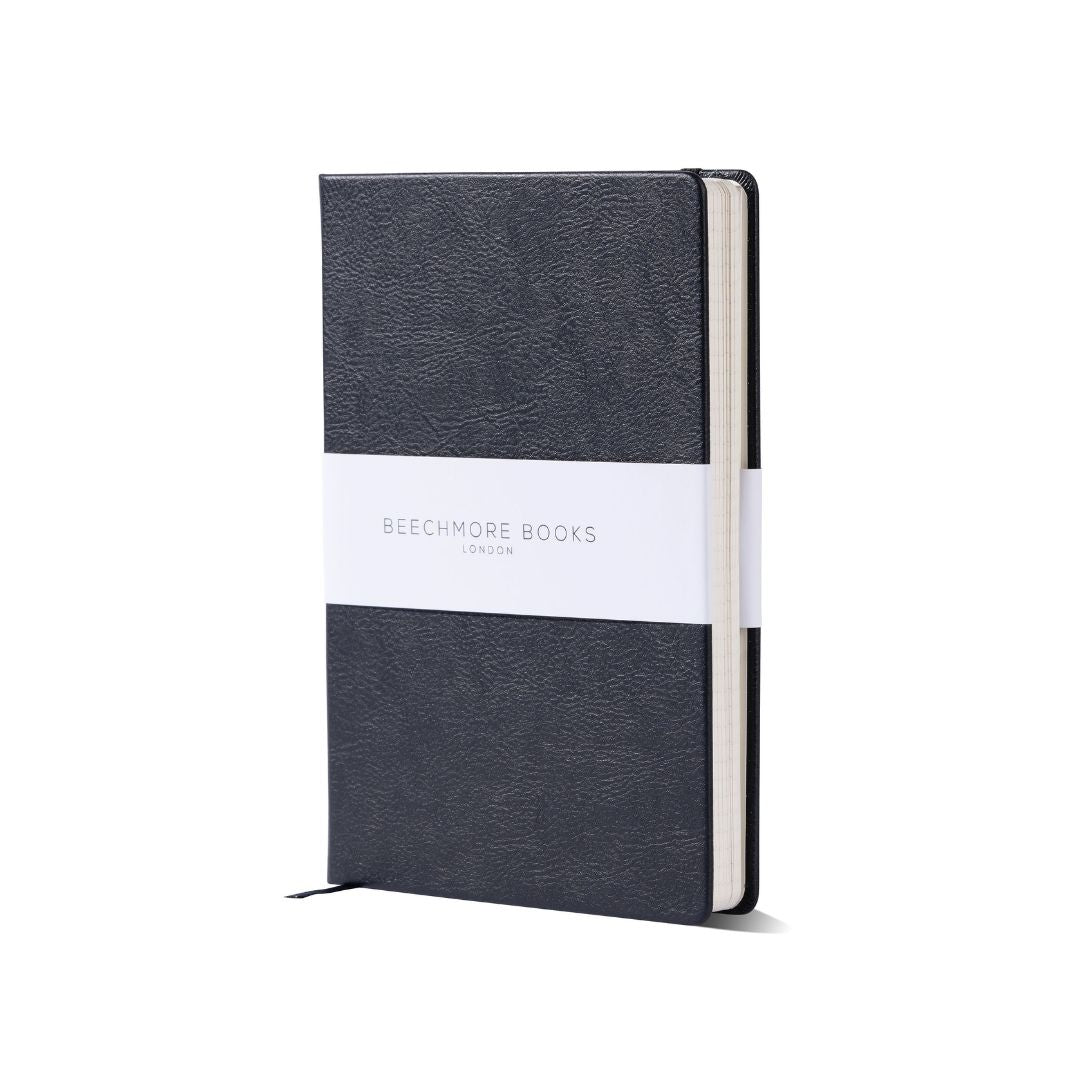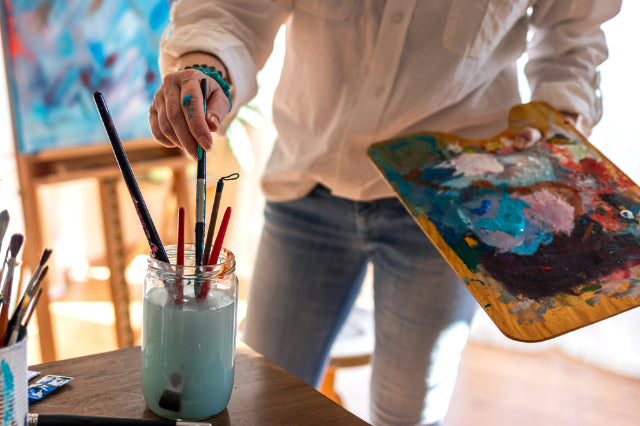Hey there, fellow DIYer! If you're anything like me, you love the feeling of transforming a room with a fresh coat of paint. But let's be real - washing those pesky paint brushes can be a total buzzkill. Trust me, I've been there. I used to dread the cleanup process, wondering if my brushes would ever be the same again.
But fear not! I've got some game-changing tips and tricks to share with you. Whether you're dealing with water-based or oil-based paints, I'll walk you through the process step-by-step. Say goodbye to crusty, paint-clogged bristles and hello to brushes that look and feel like new.
Ready to become a brush-washing pro? Let's do this!
Table of Contents:
- Types of Paint and How to Clean Brushes
- Cleaning Water-Based and Latex Paint Brushes
- Cleaning Oil-Based and Acrylic Paint Brushes
- Removing Hardened Paint from Brushes
- Storing Paint Brushes and Rollers
- Tips for Maintaining Paint Brushes and Rollers
- Conclusion
Types of Paint and How to Clean Brushes
Learning how to wash paint brushes the right way can save you time and money. It all starts with understanding the different types of paint and the best methods for cleaning each one.
Whether you're a DIY enthusiast or a professional painter, knowing how to properly clean your brushes is essential for maintaining their quality and extending their lifespan.
Water-Based Paints, Oil-Based Paints, Acrylic Paints
Water-based paints, like latex paint and acrylic paint, are the most common types used for home projects. The good news is, they're also the easiest to clean up.
All you need is some warm water and mild dish soap to clean paint brushes used with water-based paints. Just be sure to do it before the paint has a chance to dry on the bristles.
Oil-based paint is more durable than water-based, making it great for trim and other high-traffic areas. But it does require a little more effort to clean up.
You'll need to use a solvent like mineral spirits to break down the paint before washing with soap and water. Always work in a well-ventilated area when using solvents.
Cleaning Water-Based and Latex Paint Brushes
Cleaning your brushes immediately after use is the key to keeping them in good condition. Here's a step-by-step guide for cleaning water-based and latex paint from your brushes.
Remove Excess Paint
Start by removing as much excess paint from the brush as possible. You can do this by brushing it against a piece of newspaper or back into the paint can.
The more paint you remove now, the less you'll have to clean off later.
Wash with Warm Soapy Water
Run your brush under warm water, then work a small amount of dish soap into the bristles. Massage the bristles gently to release the paint.
Keep rinsing and massaging until the water runs clear. This simple process is usually all it takes for cleaning paint brushes used with water-based paints.
Rinse Thoroughly
Once you've worked out all the paint, give your brush a thorough rinse under running water. Make sure to get all the soap out, as residue can affect the brush's performance on your next project.
I've learned the hard way that skimping on the rinsing step can lead to stiff, clumpy bristles down the line.
Reshape Bristles and Air Dry
After rinsing, gently reshape the bristles and lay your brush flat to air dry. Avoid storing it upright on the bristles, as this can cause them to become misshapen.
With proper cleaning and storage, your paint brushes will be ready to go for your next DIY adventure.
Cleaning Oil-Based and Acrylic Paint Brushes
Oil-based and acrylic paints are notoriously trickier to clean than their water-based counterparts. But with the right solvents and a little patience, you can get your brushes squeaky clean.
Remove Excess Paint
Just like with water-based paints, start by removing as much excess paint as possible. Brushing it out onto a piece of newspaper helps minimize the amount of solvent you'll need to use.
Trust me, a little extra effort here can save you a lot of time (and solvent) in the long run.
Clean with Mineral Spirits or Paint Thinner
Pour a small amount of mineral spirits or paint thinner into a container and dip your brush into it. Work the solvent through the bristles, then wipe the brush on a clean cloth.
Repeat this process until no more paint comes off the brush. Always work in a well-ventilated area when using solvents.
Wash with Soap and Water
After removing the paint with solvent, wash your brush with warm, soapy water to remove any remaining residue. This step is crucial for getting your brush truly clean.
I once skipped this step after using a commercial brush cleaner and regretted it. The bristles were stiff and sticky the next time I went to use the brush.
Rinse and Reshape Bristles, Air Dry
Rinse your brush thoroughly under running water to remove all traces of soap and solvent. Then, gently reshape the bristles and lay the brush flat to dry.
Let your brush air dry completely before storing it. Depending on the size of the brush and the humidity in your area, this could take several hours.
Patience is key here. Storing a damp brush can lead to mildew and other damage that will ruin your brush in the long run.
Removing Hardened Paint from Brushes
We've all been there. You finish a painting project and tell yourself you'll clean the brushes later. But later turns into days, and now you're stuck with brushes full of dried, hardened paint.
Don't despair. With a little elbow grease and some common household items, you can bring even the most neglected brushes back to life.
Soak in Vinegar
Fill a container with undiluted white vinegar and submerge your brush bristles in it. Let them soak for an hour or two, depending on how much dried paint is on the brush.
The vinegar will help soften the paint, making it easier to remove. I've rescued many a brush this way.
Use a Brush Comb or Wire Brush
After soaking, use a brush comb or wire brush to gently remove the softened paint from the bristles. Start at the base of the bristles and work your way to the tips.
Be patient and take your time. Aggressive scrubbing can damage the bristles and ruin the shape of your brush.
Wash with Soap and Water
Once you've removed as much of the dried paint as possible, wash your brush with warm, soapy water. This will clean away any remaining paint residue and vinegar.
Rinse thoroughly and reshape the bristles before laying the brush flat to dry. With a little TLC, even the most neglected brushes can be brought back to life.
Storing Paint Brushes and Rollers
Proper storage is just as important as proper cleaning when it comes to maintaining your paint brushes and rollers. Here are a few tips to keep your tools in top shape between projects.
Clean and Dry Thoroughly
Before storing your brushes and rollers, make sure they are completely clean and dry. Any residual paint or moisture can lead to mildew, rust, or misshapen bristles.
I once stored a slightly damp brush in a sealed container and came back to a moldy mess. Don't make the same mistake I did.
Wrap in Plastic or Store in Airtight Container
To protect your brush bristles and keep them clean, wrap them in plastic wrap or store them in an airtight container.
For rollers, remove the cover from the roller frame and store it in a sealed plastic bag. This will help keep the roller clean and dust-free until your next paint project.
Store Vertically with Bristles Up
When storing your brushes, keep them upright with the bristles pointing up. This prevents the bristles from becoming deformed and helps maintain their shape.
If you have the original packaging for your brushes, that's often the best way to store them. The packaging is designed to protect the bristles and keep the brush in good condition.
Tips for Maintaining Paint Brushes and Rollers
Taking good care of your paint brushes and rollers is the key to achieving professional-looking results on your painting projects. Here are a few tips to keep in mind:
Invest in Quality Brushes
While it may be tempting to buy cheap brushes, investing in high-quality tools will save you money in the long run. Good brushes hold more paint, apply it more evenly, and last longer with proper care.
Look for brushes with firmly attached bristles and smooth, well-shaped tips. A quality brush will make your painting projects easier and more enjoyable.
Clean Immediately After Use
The golden rule of brush care is to clean them immediately after use. The longer paint sits on the bristles, the harder it is to remove.
Get in the habit of cleaning your brushes as soon as you're done painting for the day. Your future self will thank you.
Don't Let Paint Dry on Brushes
If you need to take a break while painting, don't let the paint dry on your brush. Wrap the brush head in plastic wrap or place it in a sealed plastic bag to keep the paint from drying out.
For longer breaks, consider cleaning the brush and then wrapping it in plastic until you're ready to start painting again.
Store Properly
Proper storage is essential for keeping your brushes in good condition between paint projects. Always store your brushes vertically with the bristles up to maintain their shape.
If you have the original packaging, use it to protect the bristles from dust and damage. If not, wrap the bristles in plastic or store them in an airtight container.
By following these simple tips, you can keep your paint brushes and rollers in top condition for years to come. Happy painting.
Save time and money by learning how to clean paint brushes properly. Use warm water and dish soap for water-based paints, but mineral spirits are needed for oil-based ones. Clean immediately after use, reshape bristles, and store them upright with the bristles up to maintain their shape.
Conclusion
And there you have it, my friend - the ultimate guide on how to wash paint brushes like a pro. We've covered everything from the different types of paint to the best techniques for cleaning and storing your brushes.
Remember, a little TLC goes a long way when it comes to your trusty paint brushes. By taking the time to clean them properly, you'll extend their lifespan and ensure a flawless finish on all your future projects.
So go forth and paint with confidence, knowing that you've got the skills to keep your brushes in tip-top shape. Happy painting!


